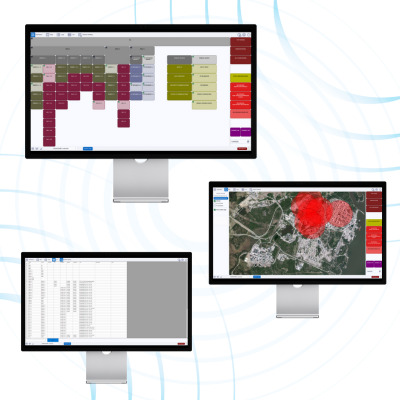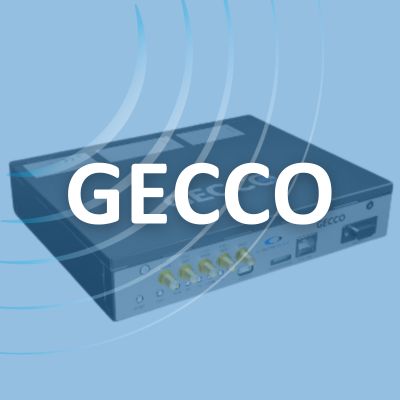Gedaa – Control and monitoring software
Next-generation control and monitoring software for audio alarm systems designed for use by safety and security professionals. GEDAA software provides an efficient and multichannel solution for managing and monitoring voice alarm functions in indoor and outdoor environments.
- Developed especially for use in PPDR systems
- Utilizes broadband, TETRA and legacy networks in parallel
- Very simple user interface, which supports also touch screen
- More detailed operation and monitoring views for technical personnel
- Works also offline and optimized for touch screens
- High-quality Finnish development work with half a century experience

KEY USE CASES
- CIVIL DEFENCE SIRENS – Alerting, controlling and monitoring of outdoor warning sirens from local systems to nationwide siren networks.
- LARGE-SCALE INDUSTRY AREAS – Hybrid alerting, controlling and monitoring of voice evacuation audio systems and other relevant audible and visual alerting devices in general danger situations.
Solution for multi-channel alarm management and monitoring
The GEDAA software provides a single user-friendly interface for triggering an alert or notification throughout the target area. The solution is future-proof, offering the ability to operate in both TETRA and broadband networks in response to changes in network connectivity.
With GEDAA software, you can easily manage multi-channel notifications in emergency situations with a single program. The software includes three parallel use and monitoring views: button view, map view, and list view.
GEDAA operates in a Windows PC environment, and the user interface allows for smooth operation also with a touch screen.
Client-server model enables control from multiple locations. Redundancy provided by optional backup servers at different locations.
Our experts have decades of experience in developing technologies that support public safety networks, ensuring a strong and reliable foundation for our software development.
Gedaa features
- Client-Server implementation (client workstations and server can be located on the same computer or different workstations). Redundancy provided by optional backup servers at different locations. Capability for multiple usage locations via IP network.
- Different field devices’ control interfaces (IP LAN/WAN, MCX, TETRA, VHF, etc.) are connected to the server. Parallel use of different communication channels for optimal redundancy.
- Ability to also use a simplified web or mobile interface.
- SIP integration and direct alarm sound generation to IP speakers (indoor sound systems).
- Option to customize different views for different usage locations (e.g. different controlled devices or functions).
Map view
- Various map engines available, e.g.:
– Vector map with offline installation
– Raster map with one or more base map images (e.g., industrial area)
– Combination of the above - Audio alerting devices displayed as icons on the map, with colours indicating their status.
- Icons can be selected to control audio alerting devices similar to buttons.
- Ability to display approximate coverage radius for each alerting device.
Controllable functions
- Standard siren signals (e.g. test signal, general danger signal, danger over signal)
- Playback of pre-recorded voice messages
- Real-time microphone speech
- Text-to-speech synthesis
- Silent test
- Status inquiry
- Enable/disable (disconnect warning device’s sound output remotely e.g. during maintenance)
- Other customizable sound signals and functions
- Automatic chaining of multiple functions (e.g., general danger signal + voice message related to the specific hazard).
- History log of performed controls and functions with reporting functions.
- History log of diagnostics information from field devices with reporting functions.
- Interpretation of technical fault codes in plain language and with possible additional operating instructions.
- Automatic reporting of executed controls and possible fault information via email and/or SMS for maintenance personnel.
- Linking of device-specific documents (e.g., maintenance cards).
- Scheduled automated functions (e.g., status inquiries, test signals).
Examples of remote control methods towards GEDAA (activation of pre-configured functions with remote control messages)
- TETRA SDS via PEI or TCS API
- Generic SMS
- Fire alarm systems (e.g. ESPA 4.4.4)
- Building automation systems
- New interfaces are constantly developed and implemented in GEDAA.
Contact us
Would you like to know more? Give us a call or send us email.


Gecco – a modular programmable IoT interface unit
A modular interface unit for alerting, remote control, flexible network connection, and remote monitoring in the PPDR-system environment.
